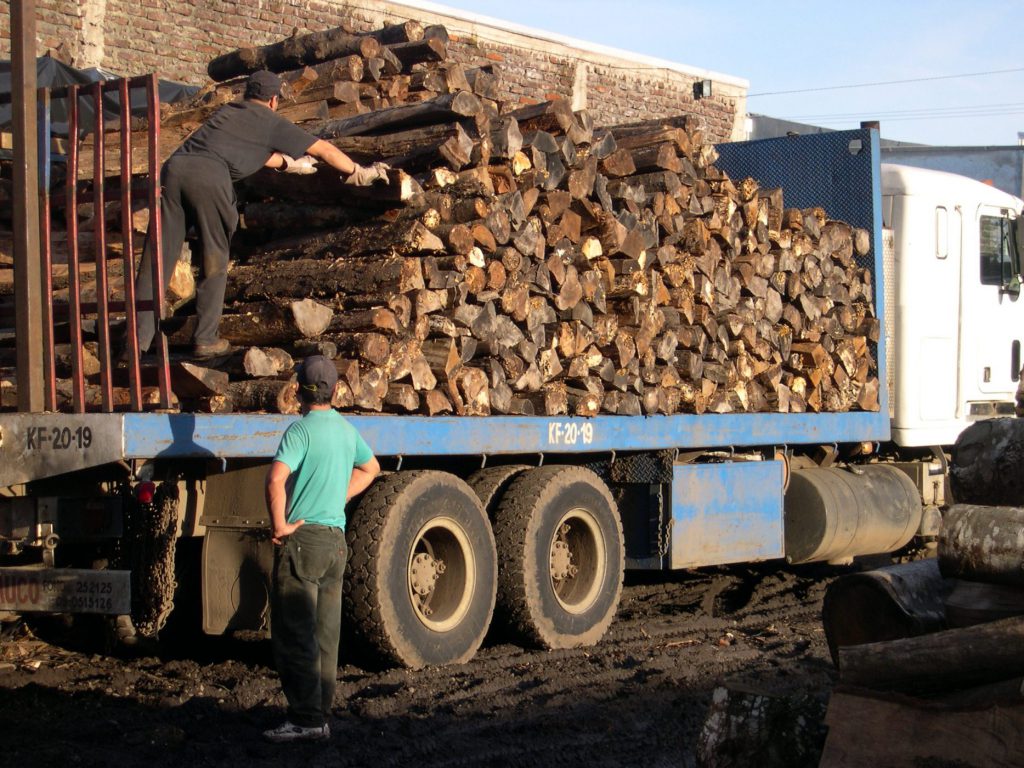Researchers from the Observatorio Bosque, Energía y Sociedad (BES), a branch of Instituto Forestal, carried out a study called “Consumo de leña y de otros biocombustibles sólidos en la región de La Araucanía. Nuevas cifras y tendencias” (Firewood consumption and other solid buiofuels in La Araucanía Region. New figures and trends).
“La Araucanía Region is very diverse. It has important differences in terms of firewood uses in both, the Andean areas and the rest of the region. Firewood consumption in rural areas is significantly higher than in urban areas, since it is used for activities such as drying clothing, heating water, and heating up houses. There are plenty of wood here and a significant part of it is gathered. Besides, houses have a low standard of thermal insulation”, claimed Rafael Sanhueza Venegas, researcher at INFOR Los Ríos.

Differences in the figures
Three studies on firewood consumption in the region have been carried out in the last 30 years, and there are significant differences between them.
“Previous studies on firewood consumption in La Araucanía Region (and other Chilean regions) have focused surveys on certain cities and areas, which can significantly affect the results. For instance, a study conducted in La Araucanía Region in 2015 underestimated firewood consumption by 85%. This should be addressed and rectified, as these figures are used for formulating public policies”, said Dr. René Reyes, researcher at INFOR.

Impact of firewood consumption on native forests
The volume of firewood that comes from native forests in La Araucanía Region has remained stable at around 900,000 solid cubic meters per year. Firewood from native species is particularly important for mountain areas such as Cunco, Melipeuco, Lonquimay, Curacautín, and Pucón. In contrast, the volume coming from forest plantations increased by more than 1,000% (from 150,000 solid cubic meters in 1992 to more than 1,000,000 solid cubic meters in 2017) and it is mostly used in Central Valley and coastal areas.
An analysis of the 1992–2017 period shows an emerging disconnection between population growth and firewood consumption. This is because families are beginning to use other fuels, such as pellets or electricity, rather than firewood, especially in big cities like Temuco and Padre Las Casas.
“This energy transition process results from the air decontamination policies and the demographic, social, and technological changes. All this together leads to lower energy demand and higher efficiency levels of heating systems”, emphasized Dr. René Reyes.
Click the link below to read the full study https://observatoriobes.infor.cl/media/2021/03/BES12-1.pdf






